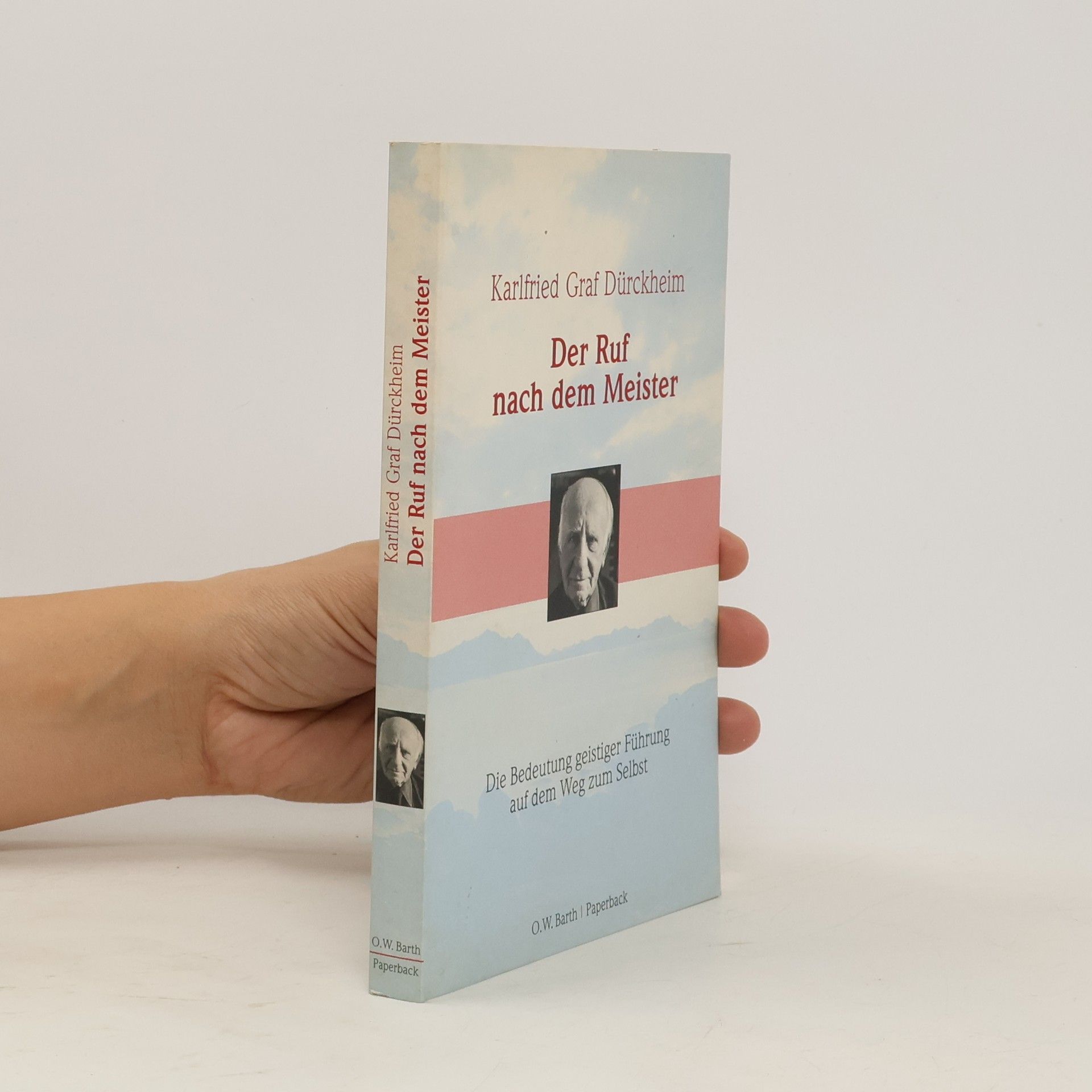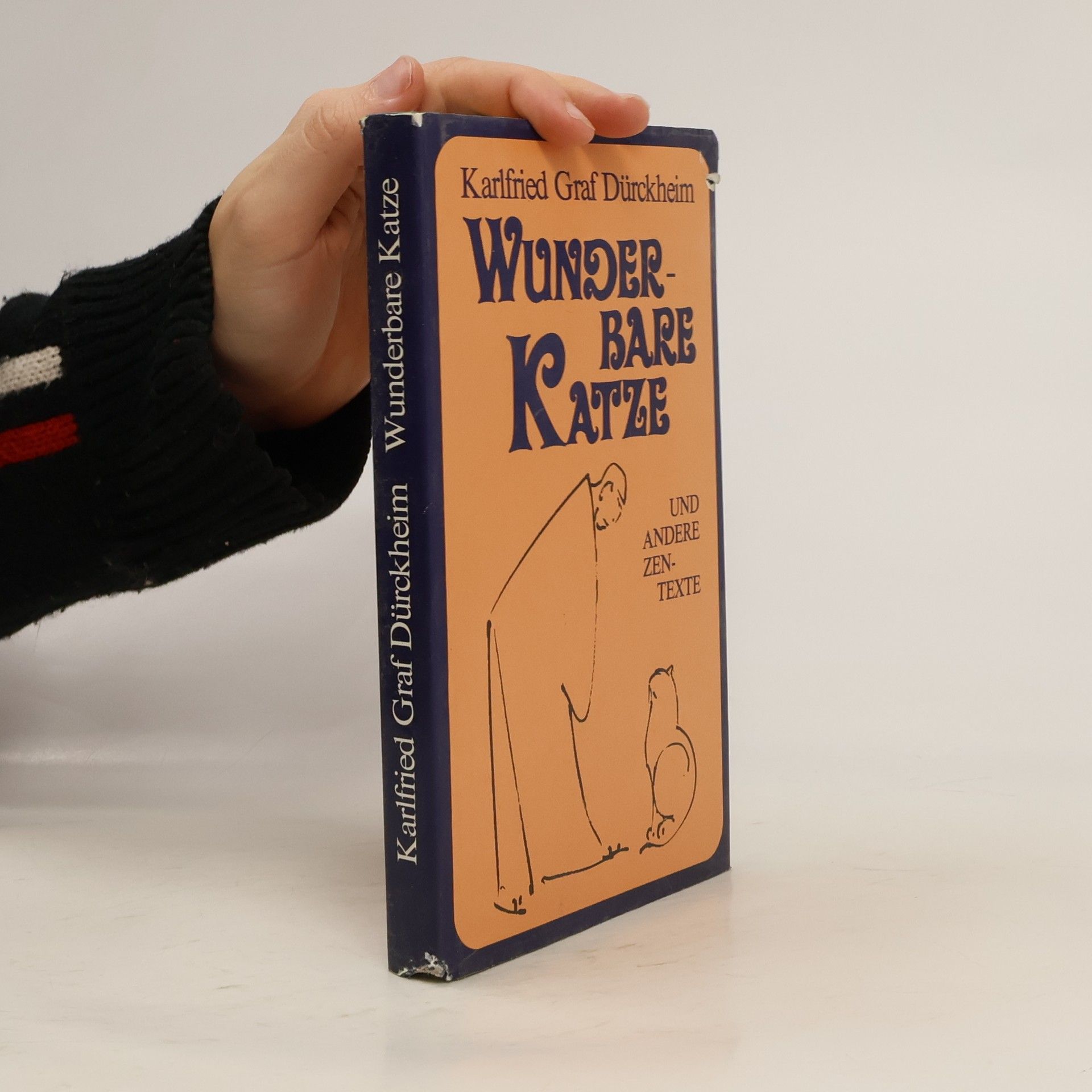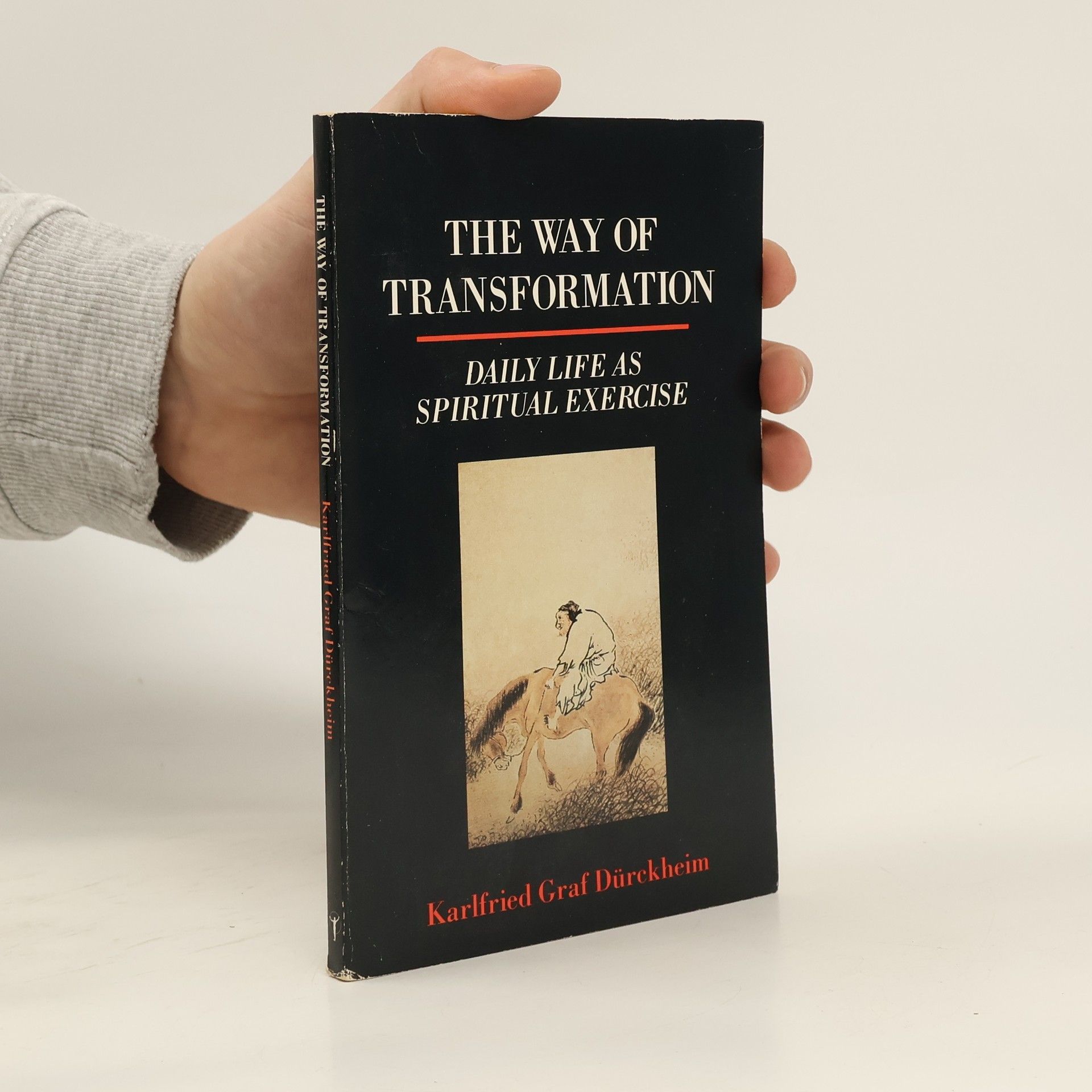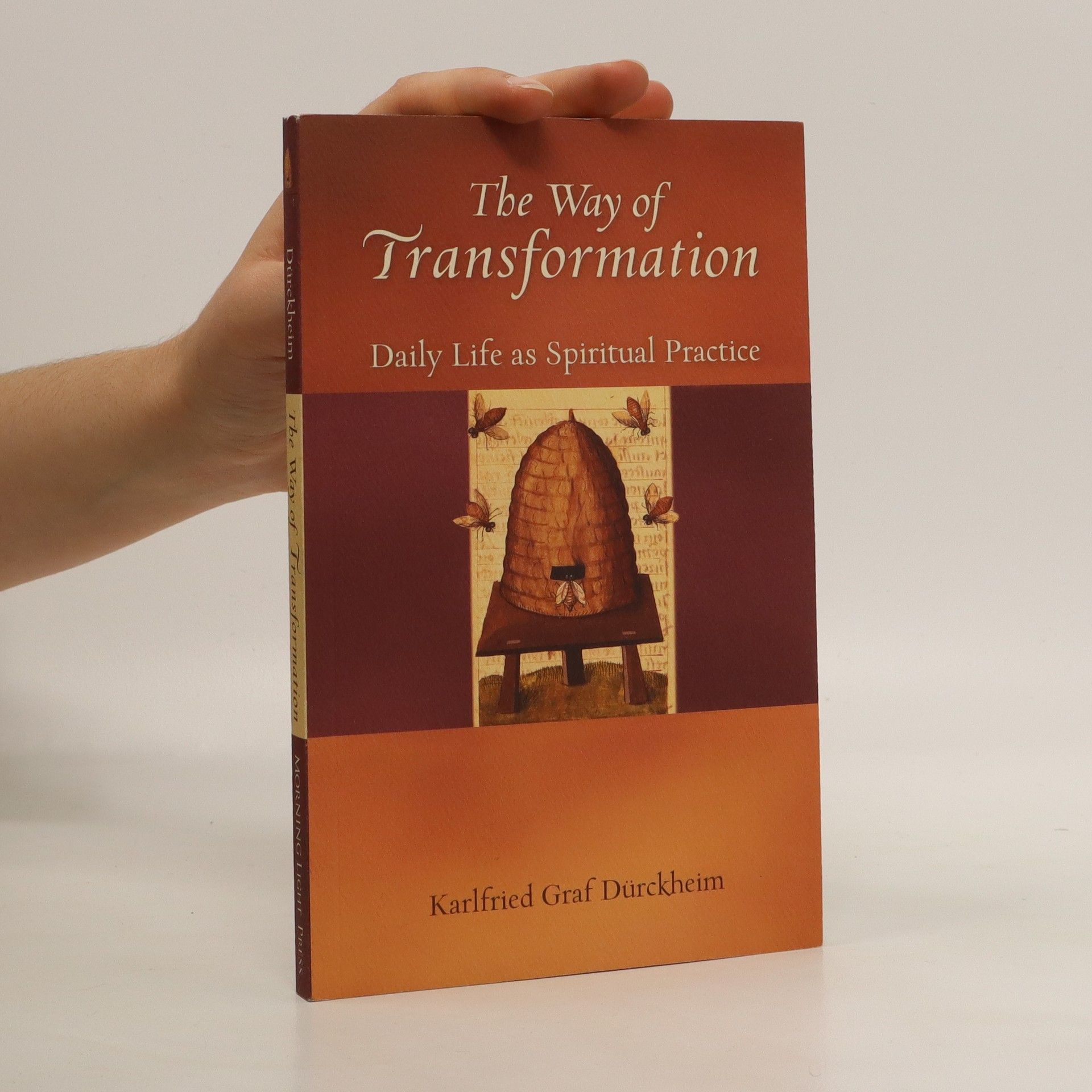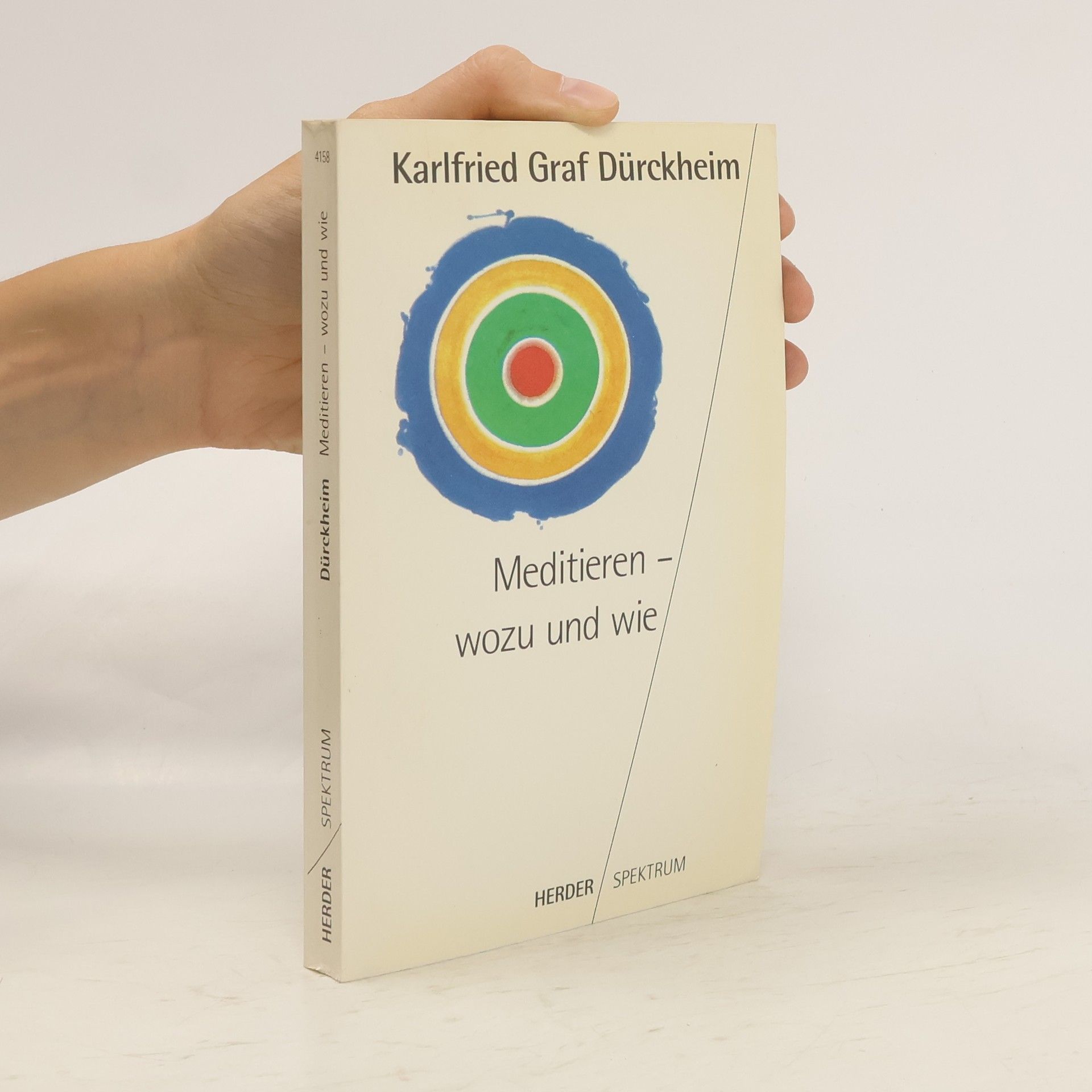Hara. Zemský střed člověka
- 213 stránek
- 8 hodin čtení
Karlfried, hrabě Dürckheim (1896-1988), byl osobností hluboce spojenou s evropskou kulturou a tradicí. Po studiích filosofie a psychologie přednášel v Německu o Freudu, Adlerovi a Jungovi. Během války pobýval v Japonsku, kde se věnoval duchovní praxi šintoismu a buddhismu a zažil spontánní prožitky hloubky vlastní bytosti. Jeho osobní přístup k odhalování tajemství života spojuje moderní evropskou duši s orientálními tradicemi. Dürckheim se v knize zaměřuje na tělesnou přítomnost jako klíč k duchovnímu životu, přičemž tvrdí, že hloubka zkušenosti závisí na celistvosti člověka. Čím více se duch zhmotňuje v tělesnosti, tím je člověk zralejší. Dürckheim doporučuje jednoduché cvičení z zazenu, meditační praxe zenového buddhismu, jako prostředek k seberozvoji. Kniha nabízí podrobný popis cvičení, která pomáhají ukotvit se ve fyzickém a psychickém centru osobnosti, známém jako tanden nebo hara. Dürckheim, jako Evropan, rozumí psychickým problémům svých čtenářů a jeho výklad doplňují texty japonských autorů, včetně životopisného líčení mistra Hakuina a jeho meditačních technik.


